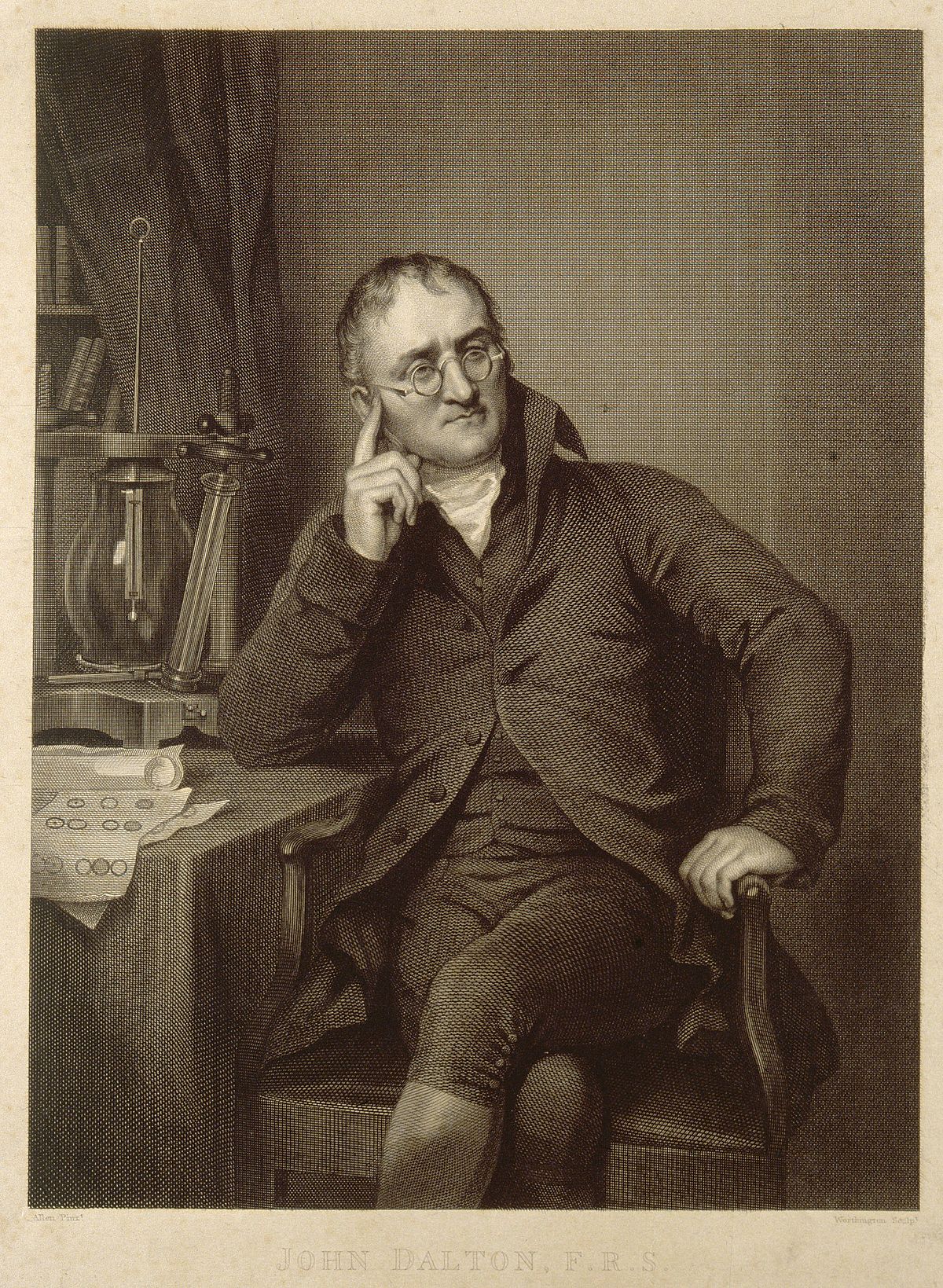Atomic theory has been the backbone of modern chemistry and physics, an idea that has evolved over the centuries and revolutionized our understanding of the world around us.
From the earliest speculations of Greek philosophers to sophisticated contemporary quantum theories, atomic theory has undergone a fascinating evolution that has transformed humanity's understanding of matter and energy.
Definition: What is atomic theory?
 Atomic theory is a conceptual framework that describes the fundamental nature of matter at the smallest level. It proposes that matter is composed of basic units called atoms, which are the smallest and indivisible units of a chemical element.
Atomic theory is a conceptual framework that describes the fundamental nature of matter at the smallest level. It proposes that matter is composed of basic units called atoms, which are the smallest and indivisible units of a chemical element.
The theory of the atom provides a model for understanding the structure and behavior of atoms, as well as their interactions in chemical reactions.
History and timeline of atomic theory
Atomic theory has undergone a fascinating evolution over the centuries. From early philosophical speculations to modern quantum models, each stage has contributed to our understanding of the intimate nature of reality.
Below we present a timeline of the most important scientific advances and discoveries related to atomic theory:
Ancient Greece: The philosophical seeds (5th century BC)
In ancient Greece, thinkers such as Leucippus and Democritus proposed the revolutionary idea that matter is composed of indivisible particles called atoms.
These atoms were considered the fundamental and indivisible units of reality, laying the foundations of atomic theory.
18th century: Fundamental chemical laws
During the 18th century, Antoine Lavoisier and Joseph Louis Proust formulated fundamental laws in chemistry.
The Law of Conservation of Mass (1789) stated that the total mass in a chemical reaction remains constant, while the Law of Definite Proportions (1799) stated that the masses of the constituent compounds will always have the same proportions.
Although these laws laid the foundation, the notion of atomic theory had not yet been named.
Early 19th century: John Dalton and the first atomic theory
 John Dalton, in the early 19th century, took atomic theory to a new height. He developed the law of multiple proportions and proposed a coherent scientific theory of the atom.
John Dalton, in the early 19th century, took atomic theory to a new height. He developed the law of multiple proportions and proposed a coherent scientific theory of the atom.
According to Dalton, atoms were indivisible and indestructible particles, each with unique characteristics. This was the first truly established scientific theory of the atom.
Late 19th century: The discovery of subatomic particles
As the 19th century progressed, the vision of an indivisible atom crumbled. In 1897, JJ Thomson discovered the electron, a negatively charged subatomic particle.
This discovery revealed the internal complexity of the atom and challenged the idea that it was the smallest, indivisible unit.
1909: The atomic nucleus revealed by Rutherford
In 1909, Ernest Rutherford performed the famous gold foil experiment, discovering that most of the mass and positive charge of the atom were concentrated in a small, dense nucleus.
This revolutionary discovery gave rise to a new model of the atom, where electrons orbit around a central nucleus.
1913: Niels Bohr and the quantization of energy

This model provided a deeper understanding of atomic structure and introduced quantum physics into the development of atomic theory.
1920-1930: Quantum revolution and wave-particle duality
In the first decades of the 20th century, quantum theory emerged as a revolutionary paradigm. Louis de Broglie proposed wave-particle duality in 1924, suggesting that all moving particles exhibit wave properties.
Schrödinger and Heisenberg, with their contributions at the same time, introduced quantum mechanics and the uncertainty principle.
Mid-20th Century: The Modern Atomic Model
In the second half of the 20th century, the modern atomic model was established. Based on quantum mechanics, it describes the positions of electrons in terms of probabilities.
This approach overcomes the limitations of previous models by providing a more precise view of the electronic distribution around the nucleus.